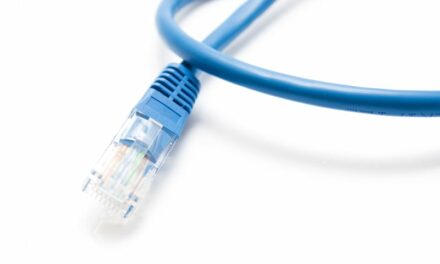As medical devices get more sophisticated, hospitals and vendors are charged with learning how to seamlessly integrate the data they generate with electronic medical records. For Huntington Memorial Hospital in Pasadena, Calif, that challenge also includes figuring out how to usefully manage alarm notifications. The facility is exploring how to route alarm notifications from equipment, such as a patient monitor, through a third-party middleware solution to a mobile device.
According to Izabella Gieras, director of clinical technology at Huntington Memorial Hospital in Pasadena, Calif, the shift would allow physicians and nurses to respond appropriately to critical patient developments while addressing the Joint Commission’s 2014 National Patient Safety Goal on alarm management. Along with her colleague Tiffany Lemmen, Gieras will discuss the hospital’s experiences at the upcoming AAMI meeting in Philadelphia.
At last year’s conference, Gieras presented on Phase 1 of the transition. That stage identified which devices to integrate, settling on fetal monitors, analgesic machines, wired and wireless physiological monitors, and laboratory equipment. The hospital has since moved into the post-go-live Phase 2, and is evaluating the impact on the targeted devices, which were transitioned on March 1, 2014. Phase 3 will identify additional devices for future integration, such as ventilators.
According to Gieras, the AAMI session will focus on the specific example of Huntington Memorial, allowing attendees to apply lessons from those experiences to their own facilities. Among the lessons they gathered, says Gieras, was “plan ahead. We felt that we had a lot of time before go-live and had covered all the bases.” However, when it came time to train the anesthesiologists on anesthesia gas machines, staff discovered they had to change course.
“We started out doing more of a classroom training, but realized that with this population, it’s better to do one-on-one training to optimize the learning process,” Gieras says. That format ensured the physicians stayed focused throughout the sessions and led to higher-quality instruction and learning. Attendees will also need to learn to be mindful of the needs of their particular staff and care environment as they move forward, Gieras says.
Building a Strategy to Support Medical Device Integration and Alarm Management will take place Monday, June 2, 2:30-3:45 pm.






